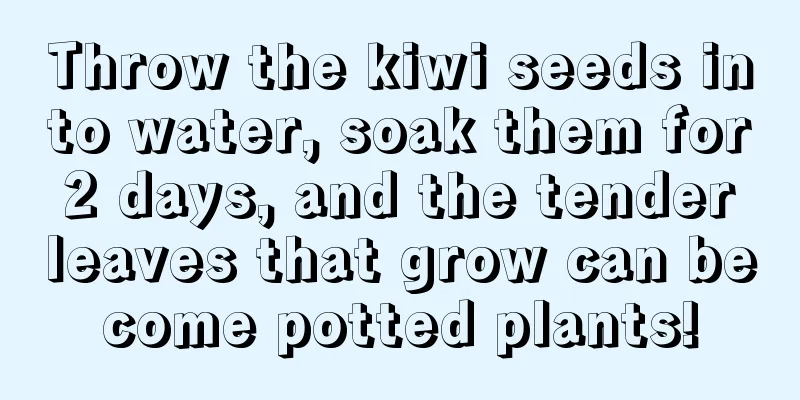Where do corn seeds come from?

Where do corn seeds come from?The male flowers grow on the top of the corn, which will release pollen on sunny days. The pollen is then spread by wind to the filaments of the female ears in the middle, and then forms grains. After maturity, the seeds are spread by people, animals, etc. The grains on the corn are corn seeds. What do corn seeds look like?Corn seeds mainly consist of three parts: seed coat, embryo and endosperm. The seed coat is mainly composed of cellulose, has a shiny surface and no color. It surrounds the entire seed and can protect the seed from external mechanical damage and prevent the invasion of pests and diseases. Corn seed dispersalMost corn needs to be sown by manpower, but a small amount of corn is spread by animals and itself. It has a strong vitality and can take root and sprout as long as the surrounding environment is suitable. How to get corn seedsCorn seeds can be harvested manually or mechanically. When the corn is ripe, the corn cobs can be broken off manually. Many areas now carry out mechanized agricultural production, which can improve labor efficiency while reducing labor intensity. Corn seeds planting1. Growth process The growth process of corn seeds mainly includes the following processes: corn seeds absorbing water and swelling, transformation of nutrients in the embryo, seed germination, hypocotyl elongation, radicle elongation, plumule growth, emergence from the soil, and plumule leaf elongation. 2. Sowing time Corn sowing should be done at a ground temperature of 10-12℃. In the north, where spring corn is the main crop, special attention should be paid to the sowing temperature to avoid the inhibition of seed germination due to low temperature. The common reason why seeds do not germinate is that they are planted at low temperatures and at high humidity, causing the seeds to rot and not germinate. 3. Planting method Before sowing corn, the land needs to be prepared and sufficient base fertilizer needs to be applied. Corn seeds do not need to be germinated and can be sown directly. The depth should be shallow, about 3-5 cm. In addition, the seeds can be mixed before sowing. Mixing the seeds with pesticides or fungicides can reduce diseases and pests. |
<<: How to trim the Yale Dance
>>: Planting methods and precautions of Qianxilian
Recommend
Cowpea planting time and method
Growth habit of long beans Cowpea likes high temp...
Maintenance methods of tiger skin orchid in winter
Sansevieria , also known as Tiger Tail Orchid, is...
Why does the root of water-grown green radish rot? How to remedy the root rot
1. Why does the root rot? 1. Poor water quality: ...
How to grow blue column cactus to make it bluer
Blue Column Cactus Growing Conditions The blue co...
Is Clivia acidic or alkaline? Cultivation methods and precautions in winter
1. Acidic or alkaline Clivia prefers slightly aci...
How to grow plum blossoms
1. Breeding methods 1. Soil: Plum blossoms do not...
How to propagate green radish by cuttings
1. Time As long as the temperature is above 15 de...
What fertilizer is best for the lucky tree and how often should it be fertilized?
1. What fertilizer to use During the growing peri...
Water and fertilizer management and flowering period control of Rhododendron dew
1. Fertilizer management of dewdrop azalea 1. Soi...
The difference between snake bed and carrot
1. Plant differentiation The carrot plant is rela...
When is the right time to plant chives?
Leek , a well-known vegetable , is grown in almos...
Can alfalfa be grown in the south?
Can alfalfa be grown in the south? Alfalfa can be...
The difference between apricot blossom and peach blossom
1. Difference of blades The leaves of apricot flo...
Hawthorn tree planting and management methods
The hawthorn tree is a highly adaptable plant wit...
What is the best fertilizer for orange trees?
When to fertilize orange trees The yellowing of l...









